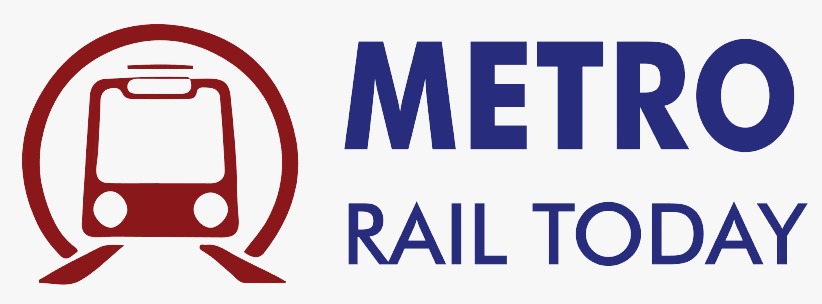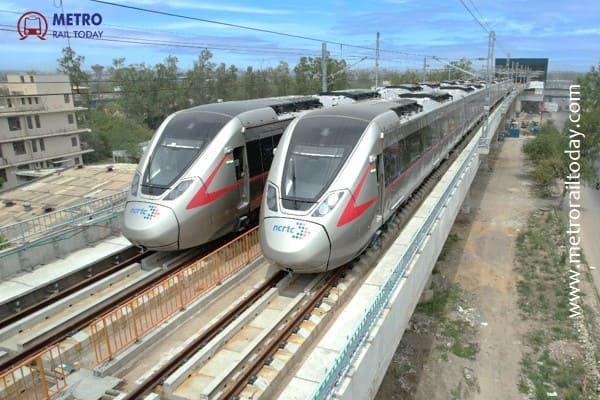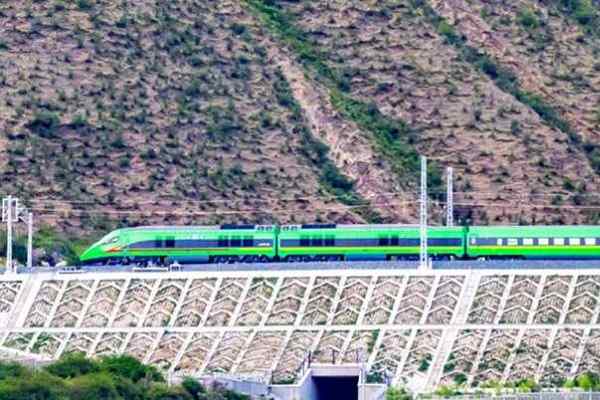 Saudi Arabia and Qatar Sign Landmark Agreement for Riyadh–Doha High-Speed Rail Link
Saudi Arabia and Qatar Sign Landmark Agreement for Riyadh–Doha High-Speed Rail Link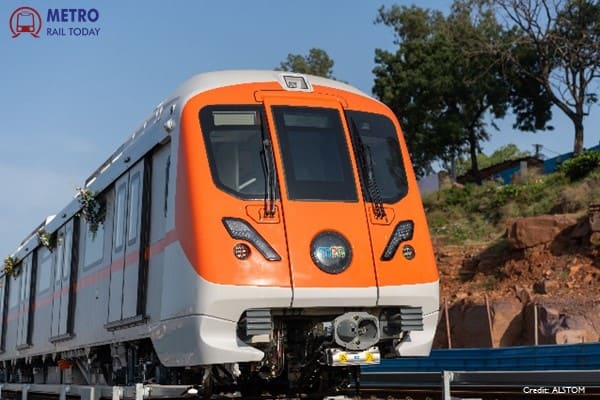 PM Narendra Modi to inaugurate Bhopal Metro operations on December 20, CMRS approval received
PM Narendra Modi to inaugurate Bhopal Metro operations on December 20, CMRS approval received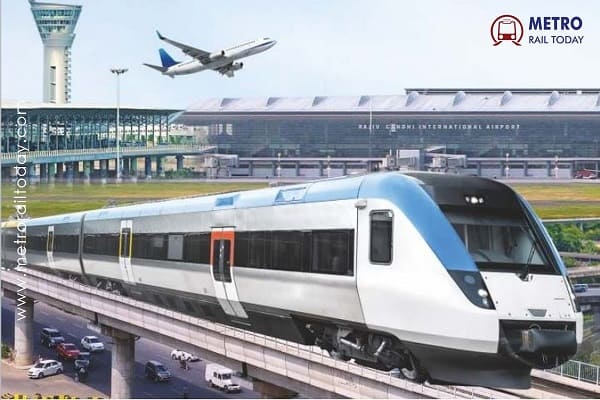 Centre orders NCRTC to prepare revised DPR for ₹20,637 crore Delhi-Noida Airport RRTS Corridor
Centre orders NCRTC to prepare revised DPR for ₹20,637 crore Delhi-Noida Airport RRTS Corridor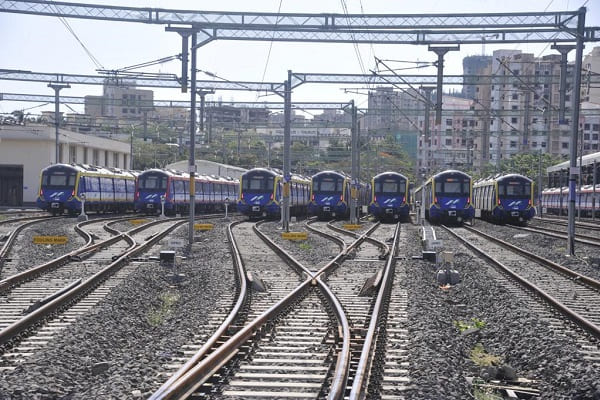 Mumbai Metro deploys Indigenous AI-Based Wheel Profile Monitoring System in Charkop Depot
Mumbai Metro deploys Indigenous AI-Based Wheel Profile Monitoring System in Charkop Depot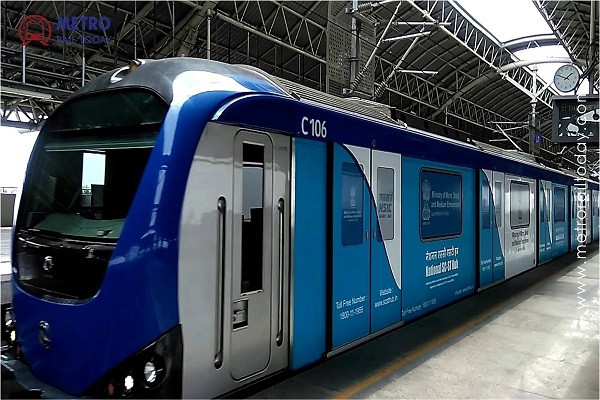 ADB approves $240 million loan to accelerate Chennai Metro Phase 2 Expansion
ADB approves $240 million loan to accelerate Chennai Metro Phase 2 Expansion Kalpataru Projects-HG Infra Engg JV bags ₹1,415 Crore EPC Contract for Thane Metro Rail Project
Kalpataru Projects-HG Infra Engg JV bags ₹1,415 Crore EPC Contract for Thane Metro Rail Project MAHA Metro floats ₹223.70 Crore Civil Tender for Six Elevated Stations of Thane Metro Rail Project
MAHA Metro floats ₹223.70 Crore Civil Tender for Six Elevated Stations of Thane Metro Rail Project Construction begins on Delhi Metro Phase 4's Saket G Block–Lajpat Nagar Corridor
Construction begins on Delhi Metro Phase 4's Saket G Block–Lajpat Nagar Corridor Kerala proposes RRTS as alternative to K-Rail Silver Line, Eyes faster clearances under Metro Policy
Kerala proposes RRTS as alternative to K-Rail Silver Line, Eyes faster clearances under Metro Policy India’s Metro Rail Network crosses 1,080 km as Southern States drive expansion
India’s Metro Rail Network crosses 1,080 km as Southern States drive expansion
Construction for Delhi-Gurugram-Alwar Namo Bharat RRTS Corridor likely to begin in August 2026
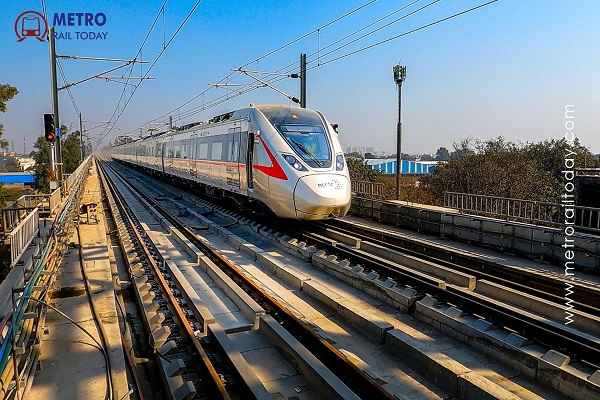
New Delhi, India (Metro Rail Today): In a major step forward for the Delhi–Gurugram–Shahjahanpur–Behror (Delhi–SNB) Regional Rapid Transit System (RRTS) corridor, the National Capital Region Transport Corporation (NCRTC) has conducted a pre-bid meeting to engage a General Consultant (GC) for the ambitious 105-kilometre high-speed commuter rail project.
The tender for appointing the general consultant was floated on October 10, 2025, with bid submissions opening on November 11 and closing on November 18, 2025. The pre-bid meeting, held on Friday, witnessed participation from over 30 leading infrastructure and consultancy firms, marking robust industry interest in one of India’s most strategically significant rapid rail corridors.
According to NCRTC, the General Consultant will act as the owner’s representative, ensuring that the project is planned, designed, and executed efficiently, safely, and within cost and schedule targets.
The GC will oversee civil, structural, and electrical works, manage project interfaces, and monitor quality assurance and safety standards. The consultant will also support NCRTC in design finalization, procurement, contract management, and supervision during execution.
Currently, pre-construction activities such as road widening, geotechnical investigations, and utility shifting have already commenced along the proposed alignment.
Project Timeline and Cost
As per the revised Detailed Project Report (DPR) prepared by NCRTC and communicated to the Haryana government in May 2025, the Delhi–SNB corridor is estimated to cost ₹35,000 crore.
-
GC Appointment: December 2025 – May 2026
-
Land Acquisition: December 2025 – November 2027
-
Design & Investigation: December 2025 – November 2027
-
Civil Construction: August 2026 – August 2030
-
Underground Works Completion: January 2031
-
Track, Signalling & Systems: February – June 2031
-
Trial Runs: May – October 2031
-
Commissioning: November 2031
Construction is slated to begin in August 2026, with the commercial launch planned for November 2031, marking a six-year execution window.
Project Alignment and Station Overview
The 105-kilometre-long corridor will originate at Sarai Kale Khan Namo Bharat Station in Delhi and terminate at Behror, in Rajasthan’s Alwar district. The route will feature a mix of underground (38 km) and elevated (67 km) alignments, strategically designed to integrate Delhi and Haryana’s fast-growing economic hubs.
Proposed Stations:
-
Sarai Kale Khan
-
INA
-
Munirka
-
Aerocity
-
Cyber City
-
IFFCO Chowk
-
Rajiv Chowk
-
Hero Honda Chowk
-
Kherki Daula
-
Manesar
-
Pachgaon
-
Bilaspur Chowk
-
Dharuhera
-
MBIR (Manesar–Bawal Investment Region)
-
Rewari
-
Shahjahanpur–Nimrana–Behror (SNB)
The alignment is strategically planned to enhance interconnectivity with existing transport systems such as Delhi Metro, Indian Railways, and express highways, enabling seamless regional travel.
Economic and Regional Significance
The Delhi–SNB RRTS is the first phase of the Delhi–Alwar corridor, which aims to connect Delhi, Gurugram, Rewari, and Alwar, fostering regional economic integration and sustainable mobility across NCR.
When operational, the system—running Namo Bharat trains at speeds up to 180 kmph—is expected to reduce travel time between Delhi and Behror to under 70 minutes. The project will significantly decongest the Delhi–Gurugram Expressway, promote modal shift to public transport, and boost economic activity along the emerging Delhi–Jaipur Industrial Corridor.
Commenting on this development, Mrs. Mamta Shah, MD & CEO, Urban Infra Group, said:
“The Delhi–SNB RRTS project is a vital link in India’s regional mobility transformation, connecting economic zones across Delhi, Haryana, and Rajasthan. The appointment of a strong General Consultant will be crucial in ensuring that design excellence, safety, and technology integration remain at the core of execution. This corridor will not only redefine regional travel but also catalyze transit-oriented urban development in line with India’s Viksit Bharat 2047 vision.”
The Delhi–SNB RRTS represents the next frontier in India’s high-speed regional transport revolution, following the successful progress of the Delhi–Meerut Namo Bharat corridor. Together, these corridors form the foundation of the NCR’s futuristic rapid transit network—aimed at creating smarter, greener, and more resilient mobility systems for millions of daily commuters.
With NCRTC’s proactive approach and industry participation, the project is poised to become a benchmark in sustainable regional rail connectivity and modern engineering excellence.
